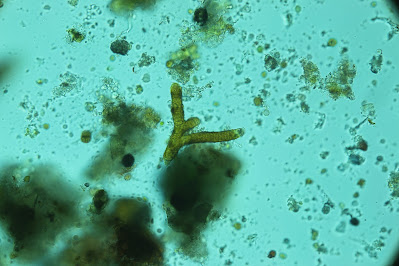Harmful algae és a Microcystis sejtszám becslésének lehetőségei

Megjelent T-Krasznai Enikő elsőszerzőségével legújabb cikkünk a Harmful algae szakfolyóiratban (T-Krasznai Enikő, Verona Lerf, István Tóth, Tibor Kisantal, Gábor Várbíró, Gábor Vasas, Viktória B-Béres, Judit Görgényi, Áron Lukács, Zsuzsanna Kókai, Gábor Borics: Uncertainties of cell number estimation in cyanobacterial colonies and the potential use of sphere packing. Harmful Algae 117).
A cikk elérhető innen: https://doi.org/10.1016/j.hal.2022.102290. A cikk összefoglalója az alábbiakban olvasható.
Cyanobacteria
are notorious bloom formers causing various water quality concerns,
such as toxin production, extreme diurnal variation of oxygen, pH, etc.,
therefore, their monitoring is essential to protect the ecological
status of aquatic systems. Cyanobacterial cell counts and biovolumes are
currently being used in water management and water quality alert
systems. In this study, we investigated the accuracy of traditional
colonial biovolume and cell count estimation approaches used in everyday
practice. Using shape realistic 3D images of cyanobacterial colonies,
we demonstrated that their shape cannot be approximated by ellipsoids.
We also showed that despite the significant relationship between overall
colony volume and cell biovolumes, because of the considerable scatter
of cell count data the regressions give biased estimates for
cyanobacterial cell counts. We proposed a novel approach to estimate
cell counts in colonies that was based on the random close sphere
packing method. This method provided good results only in those cases
when overall colony volumes could be accurately measured. The visual
investigation of colonies done by skilled experts has given precise but
lower estimates for cell counts. The estimation results of several
experts were surprisingly good, which suggests that this capability can
be improved and estimation bias can be reduced to the level acceptable
for water quality estimations.


























